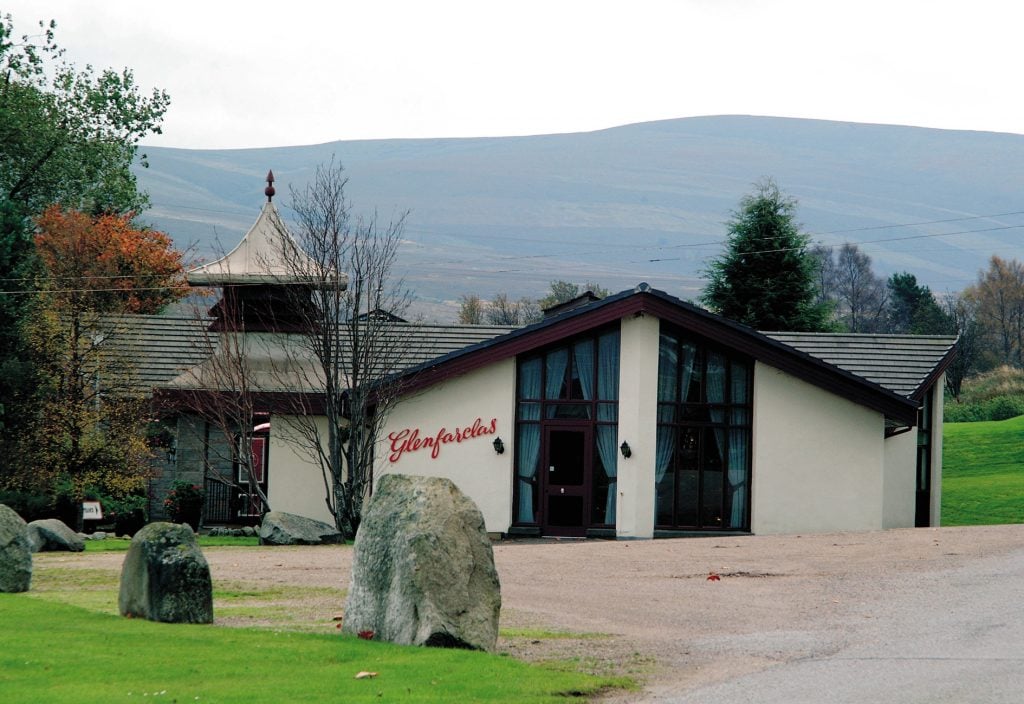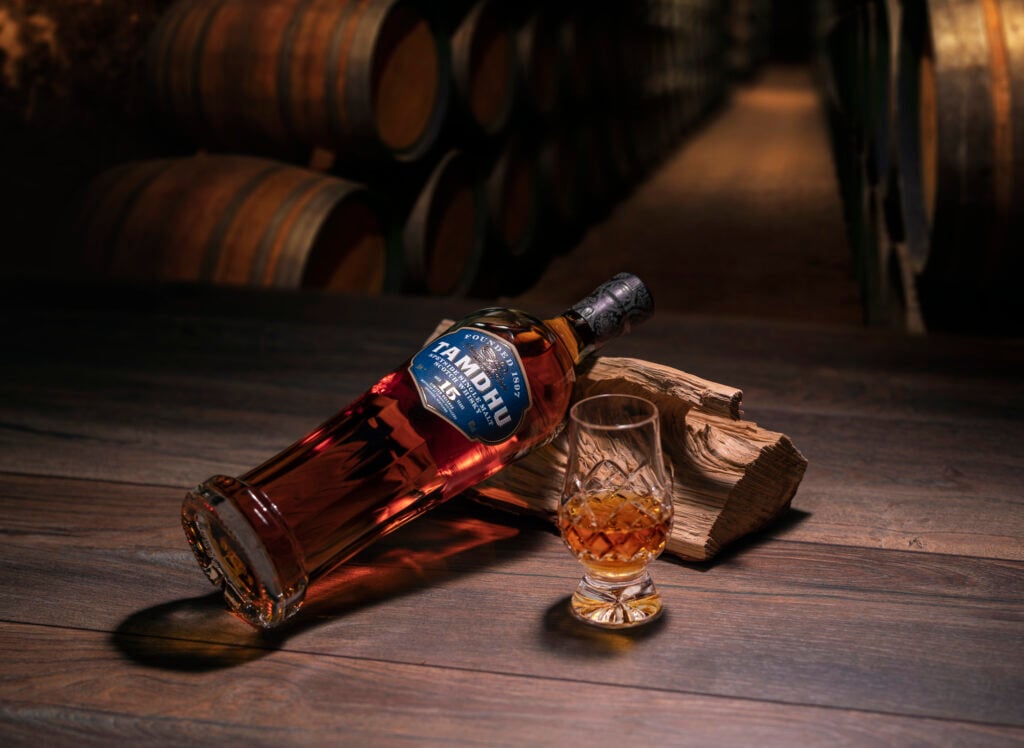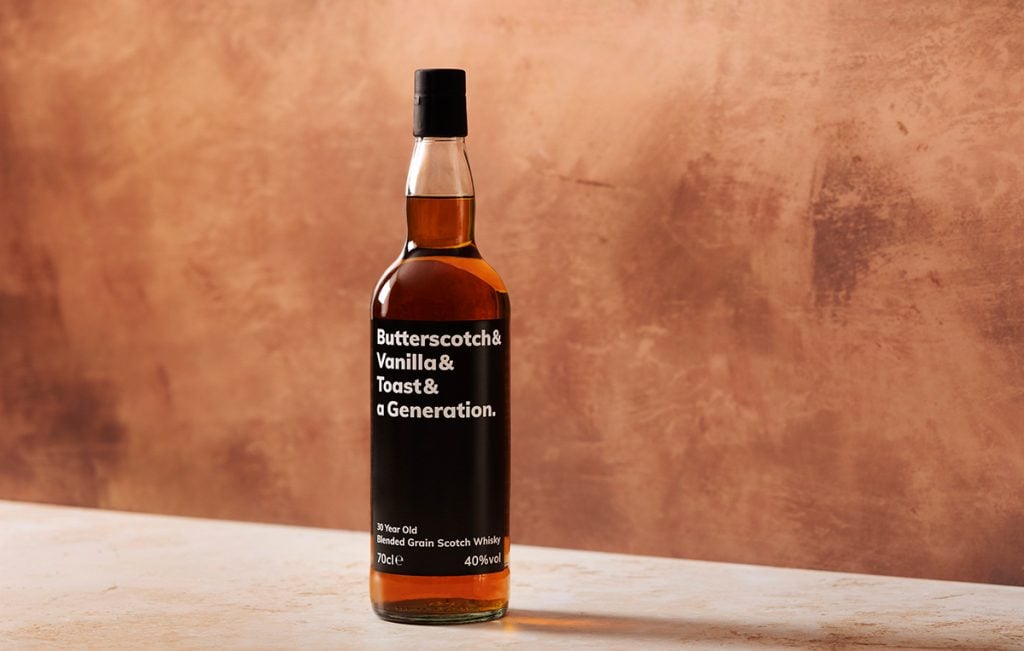Whisky always sparks debate, not just about flavour. Value too.
Is that £25 bottle good enough? Should you stretch to something three times the price?
Today’s climate means rising prices, cost-of-living crises, and cautious spending. Drinkers are dividing into two camps: those who can invest and splash the cash on premium whisky and the rest, reaching for affordable single malts and blends that still deliver.
But the truth is, quality and price don’t always move in the same direction.

Which whisky should have you acting like this? We’ll explain.
The squeeze and the split
Economic pressure has a funny way of polarising taste. Some drinkers are tightening their belts, hunting for the best budget whisky the UK and beyond has to offer. The bottles that bring the goods without the guilt.
Others are going the opposite way, buying less often but better, treating whisky as an experience rather than a staple. Both approaches make sense and tell us something about how whisky is evolving.
Whisky’s price is shaped by countless factors: the cost of grain, wood, energy, packaging, and, of course, time. Age statements add value because maturation costs money, but brand heritage, rarity, and even marketing also play their part.
Paying more can get you exceptional depth and craftsmanship… but there’s no guarantee.

Glenfarclas is renowned for its premium whisky
What ‘Premium whisky’ really means
The UK market for premium whisky has grown rapidly in recent years. But what even is “premium whisky”?
There’s no official, legally protected definition. Typically, people use the word to refer to price. But one person’s expensive is another’s cheap. It also implies superior craftsmanship, traditional production methods, smaller batches, more limited releases, and refined presentation. It doesn’t promise any or all of that, of course. But the more you spend, the more likely it is you’ll tick those boxes.
Take a single malt like Glenfarclas. The brand is still family-owned and its whiskies justify the price tag because every element — from cask selection to slow maturation — is deliberate.
But “premium” doesn’t have to mean “exclusive”. Pricier whiskies don’t have a monopoly on consistency, authenticity, and attention to detail. A whisky doesn’t need a £200 price tag to deliver a premium experience. The key is understanding what you’re paying for and knowing when a dram earns its keep.

The new Jura 12 Year Old
Budget whiskies that overdeliver
If you’re looking for quality without compromise, there’s never been a better time to explore affordable options.
Previous articles like our Guide to cheap whisky, Affordable whiskies for the budget-conscious drinker, and Top 10 whiskies that won’t hurt your wallet demonstrate that there is value to be found in whisky. It’s also worth checking out what special offers we have available. And the clearance range, of course.
The headline is this: you don’t have to spend big to buy good whisky. Sample the best whisky under £30 we have in stock, and it’s full of drams that punch far above their price. Blended Scotch is rich with options. Bourbon, too, particularly the primary offering from classic distilleries. Think Buffalo Trace, Wild Turkey, Four Roses, Jim Beam, Evan Williams, Old Forester, Maker’s Mark, etc.
But if you think you can’t get good single malt, think again. Glen Moray, Loch Lomond, Auchentoshan, Ardmore, Speyburn, Jura… You have options, people.

Buffalo Trace is a favourite of ours here at Master of Malt
The middle ground: Affordable single malts
Between the budget blends and luxury releases lies a sweet spot. Affordable single malt whisky that balances price with personality.
Brands like Tamdhu, Benromach, GlenAllachie, Ardbeg, Bunnahabhain, Wormtub, Balvenie, and Aberlour are masters of this middle ground. They focus on flavour first, make whisky with integrity, but offer options that don’t break the bank.
Yes, many of these names also offer premium whiskies. But at the heart of their respective ranges are bottles that sit in the £30–£60 bracket. The kind that are accessible enough to enjoy regularly, and distinctive enough to feel special. Simply put, tasty whisky.
Oh, and don’t sleep on older grain whisky. So delicious, so affordable.

Ever tried Tamdhu? If you like sherried whisky, you’ll love this
When to spend, when to save
So when is it worth trading up? Think of it this way: if you’re after exploration, stick to the affordable end. Variety teaches you more than luxury ever will.
Investing in a premium whisky is best for gifting or marking a milestone. It’s like buying time itself. Those layers of flavour can’t be rushed, and when they’re right, you taste every patient year.
Whisky is personal. That’s the fundamental point. Whether you’re nursing a £25 classic or a £250 rarity, the best dram is the one that fits your moment and your budget. The real trick isn’t picking a side. It’s being prepared to appreciate what’s great about each sector and moving between them with confidence.
Hopefully, we can help you with that. Please feel free to ask questions in the comments if you have any.

Blended grain is a treasure trove of value
The Last Drop: best budget whisky to premium whisky
The world of whisky is full of ways to drink smart.
Whether you’re searching for the best whisky under £30 or an affordable single malt that defies expectation, Master of Malt has both ends of the shelf covered. Because great whisky doesn’t have to cost the earth.
But it should always taste like it could.
